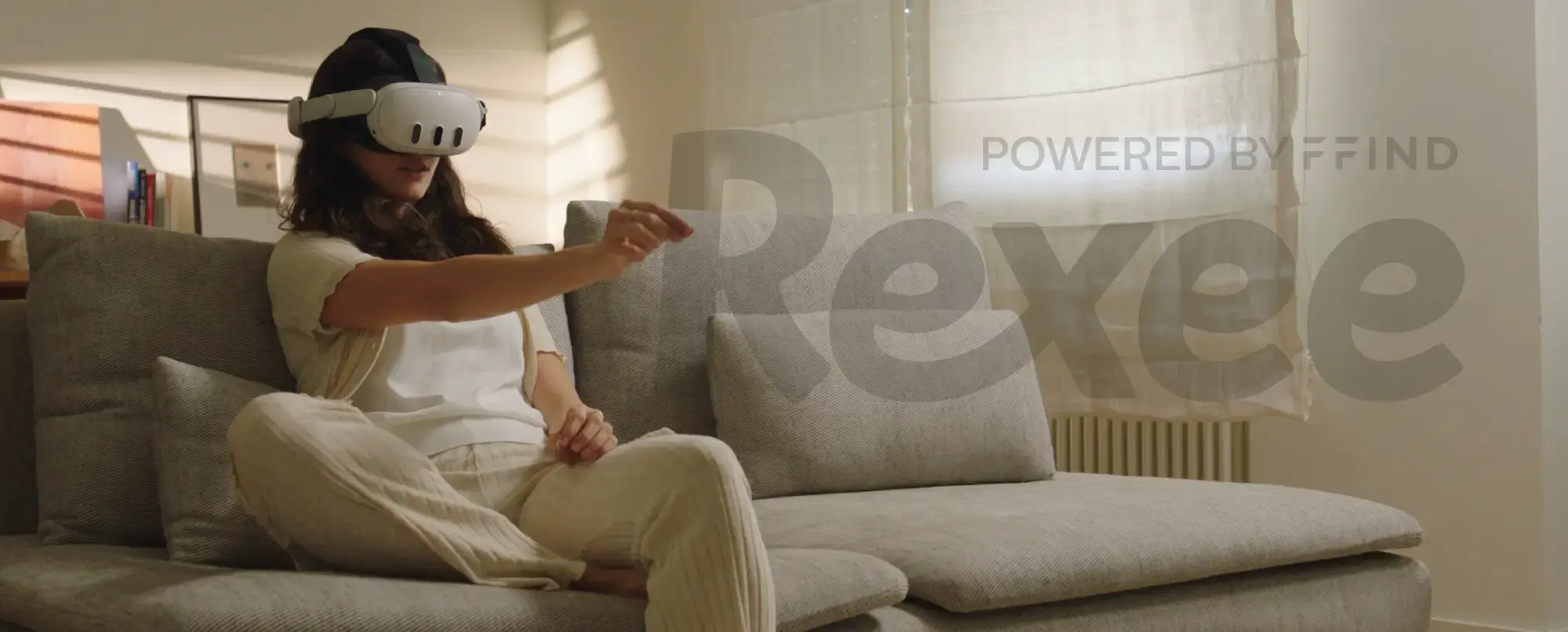
Mobile surveys market research, performance, flaws and solutions
Let’s begin immediately by clarifying some basic definitions, because I want you to understand in which stormy regulations we’re standing, even though we have been a part of the EU for many years. Privacy and public availability are concerned with protecting data collection. The privacy law seeks to protect the identity of potential respondents, also including data provided during the phase of the market survey. In fact, every telephone interview always begins with informing the interviewee about the use of collected data and privacy protection.
Given these general definitions of ethical principles, we can see that there are substantial differences between various cultures. For example, in Poland, only those who are in an opt-in list can be contacted, while in the UK and USA there is an opt-out list: users may request to be included in this list and never be contacted for market research, by phone. Also because companies make marketing phone calls in many countries and they can check opt-in and opt-out lists, but they’re not obliged to do so. In Italy, for example, it is mandatory. In the USA, telephone dialing systems are forbidden, unless you have permission to use it (AAPOR 2010).
By now, I am talking about European data that can be found on any Eurobarometer or ESOMAR report, the landline is about to disappear, replaced (not entirely) by mobile. And I think there is here a strange sense of mistrust by brands, because a CATI mobile (Computer Assisted Telephone Research) seems impossible, it seems anachronistic. Since the “smartphone” means is involved, probably an App would automatically be preferred compared to a phone call. What I always say is that CAWI and Mobile surveys with apps are effective tools on some targets but must not be methodologies chosen for economy and speed. There must be a reason if it costs less than CATI. And believe me, it’s not because there are not phone charges.
I think in this context, word has been spreading about the fact that CATI mobile is less efficient than CATI landline. Warning: Mobile has a huge amount of “cons” just but it has a very important “pro”: huge reachability. While you were able before to reach specific targets only at certain times, at home or in the office, so in a safe environment, now with mobile phones you can reach them continuously. A “normal” person checks his own smartphone at least 150 times a day.
Therefore:
- The smartphone could only be used for commercial purposes, many have different mobile devices, such as work and personal
- the respondent might be driving or doing delicate operations, although the use of bluetooth in cars and motorcycles is becoming increasingly widespread
- The respondent might be in awkward, inadequate situations, and could refuse
- The respondent might be in a public place and might answer but less spontaneously
- The respondent might be in an area with bad cell reception or could enter into it and we might be cut off
On the other hand:
- Users who only have mobile, have a higher contact rate and a lower refusal rate than those who have both mobile and landline (AAPOR 2010)
- Mobile users reveal a higher rate of completed interviews (AAPOR 2010)
- The percentage of nonresponse by mobile users has been clearly decreasing because the way of facing the cell phone number is starting to change
- Mobile users often ask to be contacted at another time
Until a few years ago, it was unthinkable giving a cell phone number to a clothing-store clerk or to a social media like Facebook and LinkedIn. Since social media, banks and software houses have introduced user control via SMS code, the cell phone number has psychologically assumed a role as a safe means of protecting privacy. Paradoxically, as a result of the scandals happened with Apple or WhatsApp, we all know that our phones are not impenetrable, so why not giving the phone number to the H &M clerk? She will at best send us a 50% discount.
The way of communication is not the only thing that’s changing- I always say, notice this, young people use messaging programs by mainly preferring voice messages and social media where audio-video can be used-but baby boomers are getting older but more and more technological , X generation has now adapted and first millennials are becoming fathers. Within a few years, the percentage of nonresponse mobile users will be almost zeroed, the rate of responses and the completion of surveys will increase, and we will definitely have new more stable means, and a more powerful coverage by phone companies.
Considering this context and these perspectives, I’ve decided to invest in Cube Survey. I have spoken quite a bit, so I will shorten it as much as possible. On Facebook 70-80% of traffic is mobile, it goes without saying that almost half of the world’s population has joined the blue social. With some sponsors on Facebook I can gather respondents data that give their phone number and availability to be contacted for a specific telephone interview. We contact them almost in real time. These are users who have their smartphone in hand, who spend at least 3 hours a day online and are willing to give their number. Cube will also allow you to make video calls in the near future: the user will be able to call through our platform by using his smartphone.
So if CATI mobile represents for someone the death of CATI, it doesn’t for me, according to my personal opinion it represents the rebirth and evolution of telephone interviews, but only if they are assisted by Social Media and not by panelists.
For more info about Cube Survey or about IFF International CATI survey, write me e.armato@iff-international.com
Ennio Armato
Other Articles
-
Rexee15 October 2025
ESOMAR Congress 2025: FFIND presents the shelf test in VR
What if you could run a full shelf test — products, aisles, cart and all — without the need for physical stores or flat 2D mock-ups? That’s our latest development with Rexee, our ... -
Rexee28 April 2025
Transform Data Collection with XR: Rexee’s virtual reality market research
In today’s world, market research is expected to deliver more — greater authenticity, deeper engagement, richer insights, and higher-quality data. As consumer behavior evolves and ... -
Rexee24 September 2024
ESOMAR 2024: FFIND presents Rexee, the new frontier of market research in XR
On September 9th, we were speakers at the ESOMAR Congress 2024, the global benchmark for those working in market research, data, and insights. Every year, this event brings togethe...


